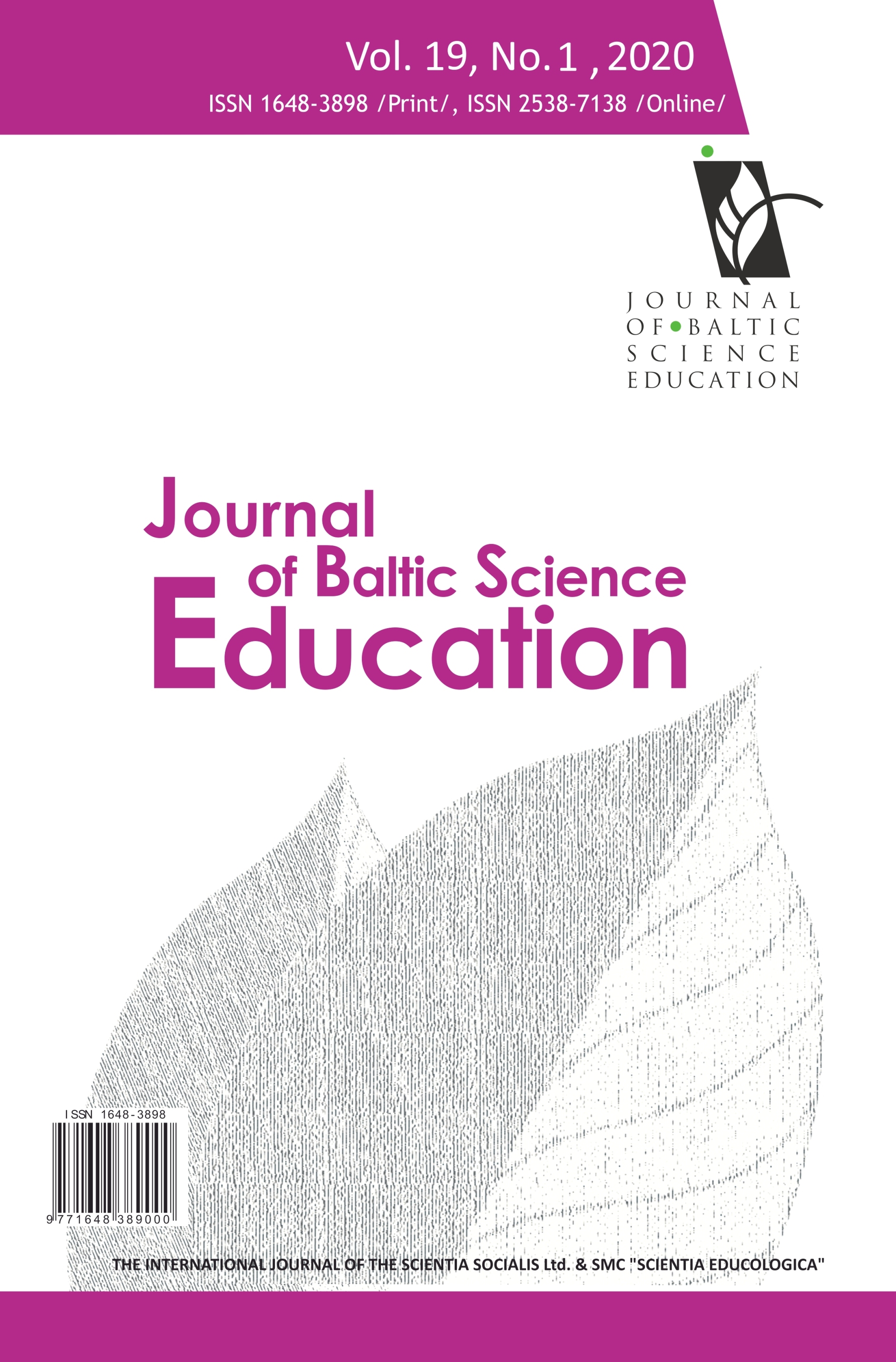EXAMINING THE CONNECTION BETWEEN STUDENTS’ WORKING MEMORY AND THEIR ABILITIES TO SOLVE OPEN-ENDED CHEMISTRY PROBLEMS
EXAMINING THE CONNECTION BETWEEN STUDENTS’ WORKING MEMORY AND THEIR ABILITIES TO SOLVE OPEN-ENDED CHEMISTRY PROBLEMS
Author(s): Johnson E. Upahi, Umesh RamnarainSubject(s): Social Sciences, Education, School education
Published by: Scientia Socialis, UAB
Keywords: open-ended problems; working memory; chemistry problem-solving; university students
Summary/Abstract: Open-ended problem-solving skills have been identified as employable skills, which undergraduate students will need to have in order to cope with real-life problems in their workplaces after graduation. However, the development and assessment of these skills have been inconsistent across courses offered in universities. This research examined undergraduate students’ ability to engage with open-ended chemistry problems, and the influence of their working memory space on problem solving. The research is a descriptive research design that employed a survey method for collection data. A purposive sampling technique was used to recruit 665 students from 19 chemistry departments in Nigerian universities. The students’ ability to solve open-ended problems was measured in terms of their performance and was found to be below average (< 50). The female students outperformed their male counterparts in the chemistry open-ended problem-solving test (ChemOPST). A strong positive correlation was found to exist between students’ working memory capacity and their performance in the ChemOPST. The research concludes on the need for experiential-based learning of chemical concepts which could help students build a knowledge base that is required to engage with problems that have real-life applications.
Journal: Journal of Baltic Science Education
- Issue Year: 19/2020
- Issue No: 1
- Page Range: 142-156
- Page Count: 15
- Language: English

